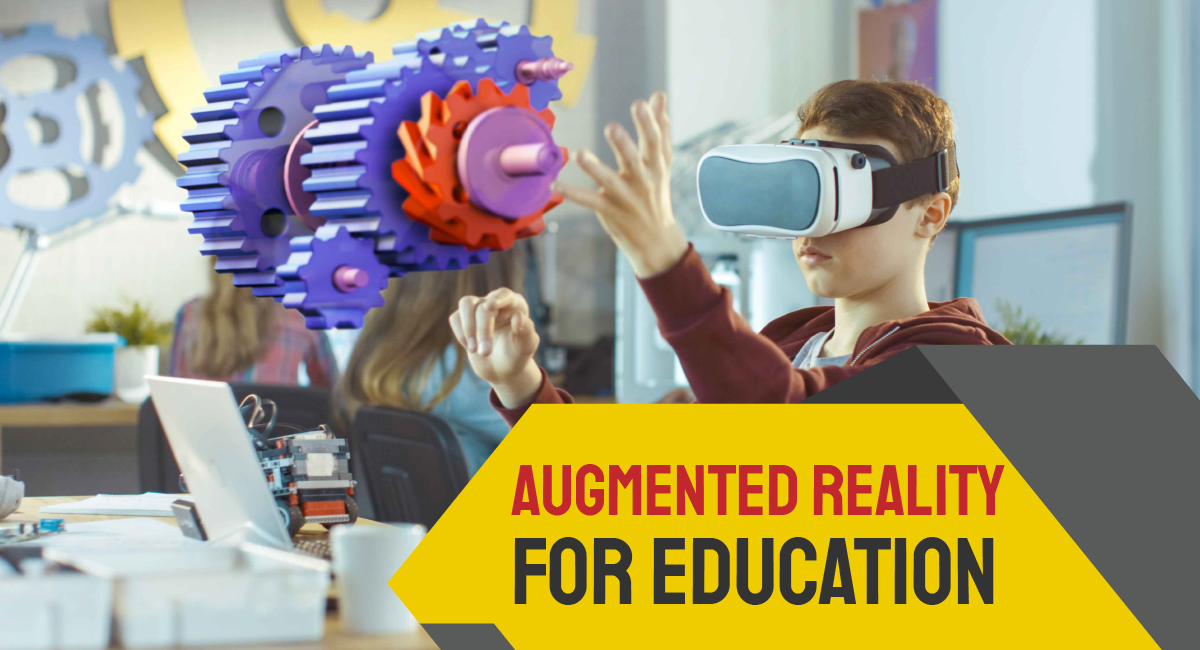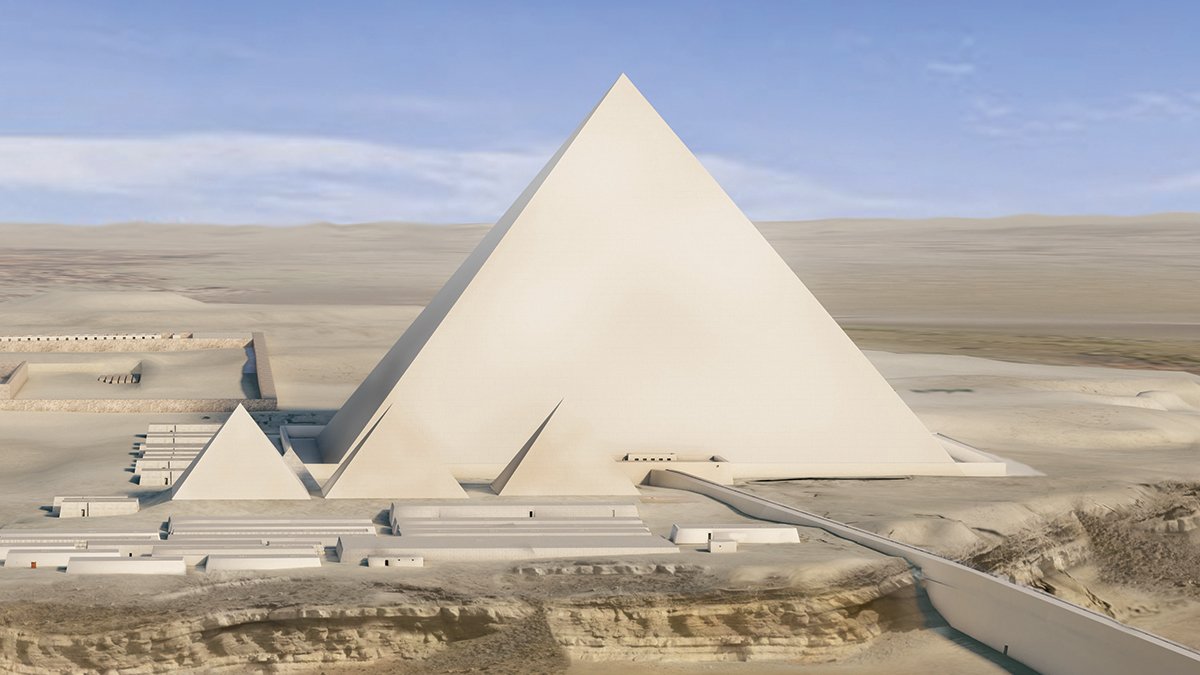
Virtual and augmented reality, once thought to be only for fun, is now being used to teach schoolchildren, construction workers, and even surgeons.
Construction Wales Innovation Centre provided the opportunity for schoolchildren to try out Project Convert's AR woodworking machine (CWIC)
Using technology in the classroom has become the norm, but virtual and augmented reality has taken it to the next level for some businesses and universities.
Virtual reality and augmented reality, once best known for games like Pokemon Snapchat filters, are increasingly being used with traditional training. AR had a significant positive impact on both attention span and information retention in a recent study of 151 adults conducted by Neuro-Insight, Mindshare UK, and Zapper.
However, there are drawbacks, such as cost, accessibility, and user willingness to name a few. Immersive learning has a lot of potential to improve skills and educational experiences as it becomes more mainstream.
Virtual reality assisting surgeons in the practice of operations
Virtual reality is being used to prepare surgeons before they enter the operating room. Dr. Alex Aquilina, an orthopaedic surgeon at Bristol Children's Hospital, has been creating 360-degree surgical videos with Virti's VR technology. Cameras set up in operating rooms with the consent of patients and staff, and they filmed operations from all angles. Patients' identities kept anonymous, and trainee surgeons can watch on-demand via a headset or Zoom training sessions.
According to Aquilina, this process complements rather than replaces real-world training. It also allows junior doctors to learn without having to go to the hospital during the pandemic, lowering the risk of infection for both themselves and their patients.
“When you're actually holding the knife, your in-surgery learning opportunities are extremely valuable,” he says. “The more prepared you are, the more you will benefit.”
The videos walk trainees through the entire procedure, from setting up equipment and assembling joint implants to briefing staff and correctly positioning the patient. According to Aquilina, video is a more effective format for these than reading manuals or looking at photos.
He plans to incorporate augmented reality elements in the future, such as close-up footage of laparoscopic (keyhole) procedures, infographics, and questions, with the user being guided down different filmed routes based on their responses.
There are some technical issues to overcome, such as camera glares from the theatre's bright lights, and ethical concerns about patient and staff consent. Aquilina believes that VR and AR have enormous potential to empower patients; for example, someone with diabetes who has seen a foot amputation may be more likely to manage their condition well.
“It de-mystifies the operating room,” he says. “I'm hoping that making what surgeons do more accessible will improve recovery and help prevent future disease.”
AR: Nature education for children
AR apps are being used in the classroom to engage students and bring topics to life. The Museum Alive app, created by Alchemy Immersive in collaboration with Sir David Attenborough, allows users to “project” animations from their smartphone camera into their living room, allowing them to place extinct animals and their natural habitats in the actual world.
Other learning resources, such as voiceovers, sound scapes, maps, written information, and pre-recorded films, used with this. “Apps like this give children agency within a story,” says Elliot Graves, Alchemy Immersive's creative and technical lead. “Children are far more likely to remember information when they are actively taking part. When this technology integrated into the national curriculum, it has the potential to have a tremendous impact.”
Alchemy Immersive collaborated with Durham University to run school workshops to see how immersive technology affected students. Dr. Noam Leshem, an associate professor of geography, set up a virtual reality project called Portraits of No-Land Man's with 11 to 14-year-olds, in which they looked at redefining conflict zones in Colombia, Cyprus, and France.
To be truly effective, Leshem discovered VR should use with other resources such as discussion groups and worksheets. “Students were interested and enthusiastic,” he says. “However, we do not know what will happen when the novelty of virtual reality wears off. Getting their attention is the first step; getting VR to work in the classroom will be more difficult.”
Before they can integrate it into mainstream education, they must address the technical skills gap between teachers and students. “Some teachers find virtual reality headsets intimidating, even though most students find them intuitive,” says Leshem. “Prices have come down, but budgets are tight; persuading schools that this is a worthwhile investment will be a challenge in the coming years.”
VR Construction workers are being educated.
The Construction Industry Training Board is investing £3 million in several immersive technology projects aimed at improving industry training. The largest is Project Convert, which provides four types of training to six UK colleges: virtual reality building, where students build from the ground up; virtual reality scaffolding and working at heights; virtual reality drone training for site surveying; and augmented reality woodworking and paint-spraying, which includes elements such as a vibrating magnetised table to simulate the feeling of physical pressure during carpentry.
According to Gareth Evans, centre manager at the Construction Wales Innovation Centre (CWIC), which is leading Project Convert, students typically not exposed to these skills prior to employment due to cost or health and safety concerns. “Using VR first means they won't crash real drones into trees,” he explains. “They won't lose fingers when they switch to physical woodworking machines. It enables them to learn from their errors.”
Students at the University of Wales, Trinity Saint David, where CWIC based, are using the technology. The variety of training opens their eyes to different jobs and allows tutor and landscape architect Sheila Holmes to assess students more accurately, besides helping them avoid accidents or costly building alterations. The software assesses the students' knowledge and decision-making abilities. She says, "I can see their progress in actual time and talk to them about their material choices and processes."
VR experiences like working at heights or in confined spaces, for example, may not be appropriate for a minority of people who suffer from vertigo or claustrophobia, according to Evans. The major challenge is persuading less tech-savvy educators to give it a shot. “Virtual reality can make some employees nervous,” he says. “The most tough challenge is changing people's perceptions, not the technology itself.”
Ancient civilisations are being investigated.
The Giza Project is a Harvard University-based digital archaeology initiative that curates records of the Giza Pyramids in ancient Egypt. Students in anthropology and Egyptology can learn about the 5,000-year-old civilisation through virtual reality simulations, which can access through a headset, a university lab, or an online video version. Tutors used Zoom to share 360-degree videos during lockdown.
The Giza Project, Harvard University, has created a virtual 3D model of Egypt's Giza Plateau.
Virtual conservation work, such as rebuilding architecture or repainting tombs, is available to students. They can construct architecture from the ground up using evidence such as studies of similar structures. Avatars can use to add a sense of scale and context to scenes. The project both aids students in visualizing ancient Egypt and provides them with opportunities to contribute to digital research through their own creations.
It also encourages students to think critically about ethical issues such as the accuracy of depictions of ancient Egypt in modern media such as film and gaming. “The VR helps them distinguish between theory and archaeologically attested designs,” says Harvard Egyptologist Peter Der Manuelian. “In the end, it allows them to examine Egyptian civilisation through the lens of its most significant site.”

He hopes that the immersion element will pique the interest of undergraduates. “We hope to rekindle interest in the human past and persuade some students to pursue archaeology as a major,” he says. “The goal is to teach students about sources, documentation, and accuracy while also making learning enjoyable.”


